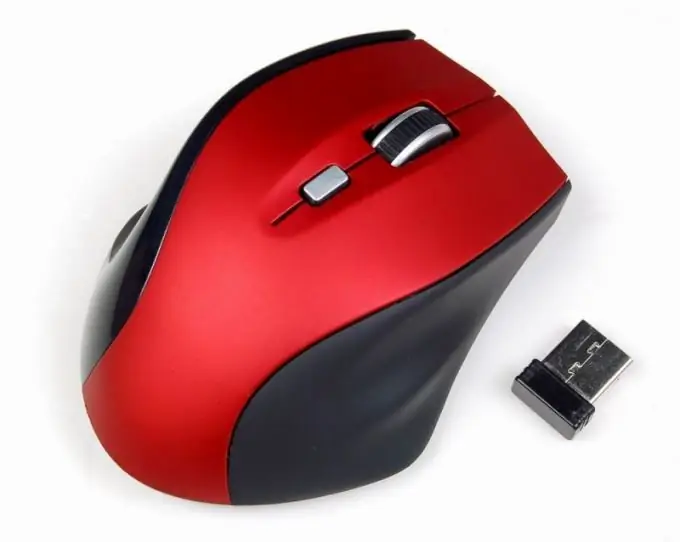Sometimes, when using a computer mouse, the cursor starts to jump spontaneously across the screen. Trouble can be caused by problems with the device itself, malware, or improper usage of the mouse.

Instructions
Step 1
For optical and laser mice to work correctly, use a matte solid surface, such as a sheet of white paper, as a mat. Glossy and patterned rugs distort the signal sent to the motion sensor of the manipulator, as a result of which the cursor begins to spontaneously rush around the screen.
Step 2
Cursor jumps can be caused by dirty LEDs. Examine the luminous window on the back of the mouse and, if necessary, clean it with a cotton swab dipped in screen cleaner or alcohol. Carefully feel the wire that connects the mouse to the system unit - its break can also cause chaotic movement of the cursor.
Step 3
If you are using a wireless mouse, try replacing the battery. Make sure there is no cell phone on the table in the immediate vicinity of the mouse - its radiation also affects the operation of the device.
Step 4
Go to the control panel and check the mouse settings. If you are using Windows XP, double-click the Mouse icon and go to the Pointer Options tab. In Windows 7, enter the word "mouse" in the search bar. Make sure the "Enable Enhanced Precision …" option is checked. On the other hand, the checkbox next to the "Initial position of the cursor" parameter should be unchecked. Try changing the speed of the pointer using the slider and see how the cursor behaves.
Step 5
A virus can be the cause of the trouble. Check your computer for infection using a reliable anti-virus program, for example, Dr. Web Cureit utility. Before running the utility, disable the antivirus program installed on your computer, since each anti-virus will perceive the work of the other as suspicious activity.
Step 6
The cursor jumps may be caused by a joke program installed on your computer by someone with access to it. Press Win + R and enter the msconfig command in the run line. Go to the "Startup" tab and leave the checkboxes only for trusted programs. You can find out what action a particular file performs by searching on the Internet.
Step 7
You can control the movement of the cursor on someone else's computer remotely using Windows. Disconnect the computer from the local network or from the Internet and check if spontaneous cursor movements are preserved. If not, deny access to your computer in the system settings.
Step 8
If you are using Windows XP, in the Control Panel, double-click on the "System" icon and go to the "Remote Sessions" tab. Uncheck the "Allow Remote Access" option. In Windows 7, double-click on the "My Computer" icon, click on "System Properties" and click on the "Configure Remote Access" link. Uncheck the box next to the Allow Remote Assistance Connection option.






